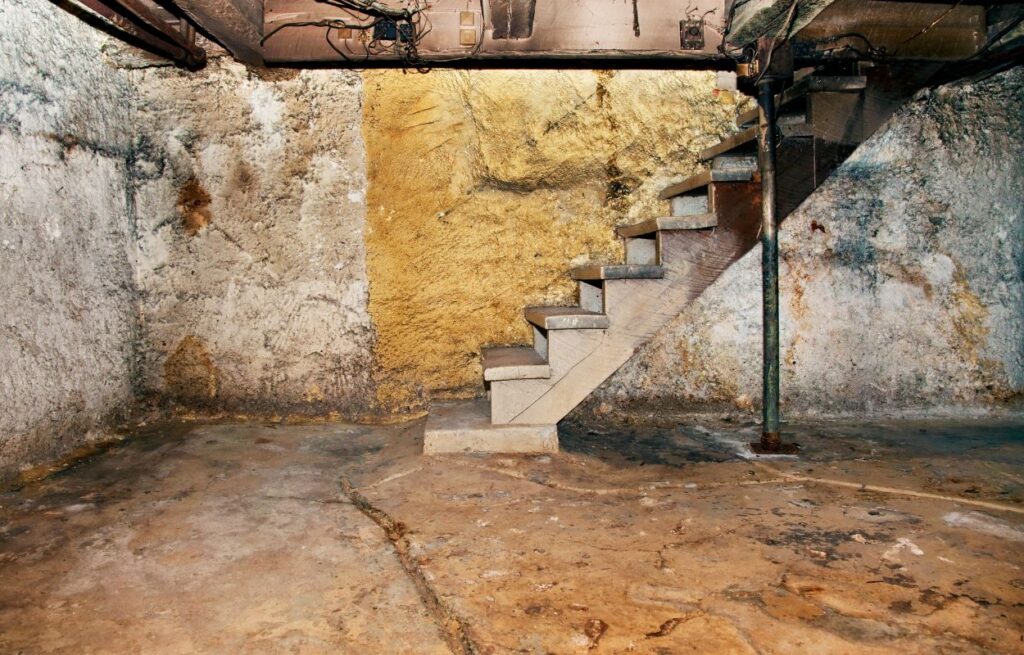Basements are great for storage, extra living space, or even a home gym. But they’re also the perfect environment for mold. It’s dark, often damp, and usually doesn’t get much airflow. And once mold takes hold, it can spread fast and become a serious problem.
Keeping your basement mold-free doesn’t have to be complicated. With a few simple habits and regular maintenance, you can keep that musty smell away and protect your home. Let’s dive into what you can do to keep mold from making itself at home in your basement.
WHY MOLD LOVES BASEMENTS SO MUCH
Mold needs three things to thrive—moisture, warmth, and organic material. Your basement likely has all three. Concrete walls and floors can hold onto moisture. Carpets, drywall, and wood can feed mold. And once there’s humidity in the air, mold can show up in just 24 to 48 hours.
Even small things like leaky pipes or condensation on windows can create the right conditions for mold to grow. That’s why basements are usually the first place homeowners discover mold problems.
CONTROL THE MOISTURE FIRST
Moisture is mold’s best friend. If you can control the moisture in your basement, you can usually stop mold before it starts.
Start by checking for any signs of water leaks. This includes cracks in your foundation, water stains on walls, or a musty smell in the air. If you see any puddles or damp spots, fix them right away.
Use a dehumidifier to keep the humidity below 60%. Ideally, you want it around 40-50%. A small investment in a good dehumidifier can save you thousands in mold removal costs later on.
Also, make sure your gutters and downspouts are working properly. Water should drain away from your home, not pool near the foundation.
LET THE AIR FLOW
Stale, trapped air makes mold problems worse. Improving ventilation in your basement is one of the easiest ways to keep it mold-free.
Open basement windows when the weather is dry and warm. Set up fans to circulate air if your basement doesn’t have windows. If you have vents or HVAC in your basement, make sure nothing is blocking them.
Better air circulation means less humidity and fewer chances for mold to settle in and spread.
USE MOLD-RESISTANT MATERIALS
If you’re finishing your basement or doing any renovations, use mold-resistant materials whenever you can. Some paints and drywall products are designed to resist mold and moisture.
Avoid carpet in basements, especially if the area has ever flooded. Instead, try vinyl, tile, or sealed concrete floors. Rugs are okay as long as they’re washable and you keep the space dry.
These small upgrades can make a big difference when it comes to long-term mold prevention.
KEEP THINGS CLEAN AND CLUTTER-FREE
Basements often turn into storage rooms. While that’s fine, cluttered spaces can make it easier for mold to hide and harder for you to notice a problem until it’s too late.
Keep things organized and off the ground. Use plastic bins with lids instead of cardboard boxes. Cardboard soaks up moisture and gives mold something to feed on.
Vacuum regularly with a HEPA-filter vacuum if your basement is finished or partially finished. Dust, pet hair, and dirt can also become mold food if moisture sneaks in.
INSPECT OFTEN AND ACT QUICKLY
The best way to stay ahead of mold is to catch it early. Set a reminder to check your basement once a month. Look for water damage, discolored patches on walls or ceilings, and any new smells.
If you ever do find mold, don’t wait. Small areas (under 10 square feet) might be safe to clean with a bit of vinegar or hydrogen peroxide. But bigger mold patches or hidden mold behind walls need professional help.
That’s where companies offering mold abatement in Nanaimo come in. They can safely remove mold without spreading spores to the rest of your house. They also help find the cause of the problem, so it doesn’t come back.
WATCH YOUR APPLIANCES AND PIPES
Got a laundry area or bathroom in the basement? Pay extra attention. Washing machines, water heaters, and even sinks can leak slowly and cause hidden mold damage.
Inspect hoses, pipes, and fittings often. Replace anything that looks worn or cracked. If your washing machine is in the basement, try to run it when someone’s home, so you’ll notice leaks quickly.
Also, never let wet clothes sit around in baskets or piles. Damp fabrics are mold magnets. Dry them promptly and keep laundry areas clean.
SEAL YOUR WALLS AND FLOORS
Concrete is porous, which means water can sneak through even without obvious leaks. Sealing your basement walls and floors helps stop moisture from seeping in.
There are affordable waterproofing sealants at most hardware stores. These are great for DIY projects and can give you an extra layer of mold protection. Just make sure you follow the directions carefully.
If you live in an area that deals with regular basement flooding or constant moisture, you might need to call in the pros for a full waterproofing job.
DEALING WITH A MOLD PROBLEM? DON’T WAIT
If your basement already smells musty or you’ve spotted black or green patches on the walls, it’s time to act fast. Mold doesn’t just go away—it grows.
DIY methods work for small patches, but larger infestations need professional care. Mold spreads through tiny spores that float through the air. Scrubbing it without the right tools can actually make it worse.
This is when you need experienced professionals who do mold abatement in Nanaimo. They use protective gear, special filtration equipment, and proven techniques to remove mold safely and completely.
It’s not just about cleaning up—it’s about stopping the problem at the source.
PREVENTION IS CHEAPER THAN REMOVAL
Dealing with mold can be stressful, expensive, and even dangerous to your health. The good news? Preventing it costs way less than removing it.
A dehumidifier, regular checks, good airflow, and dry storage habits go a long way. These small habits protect your home and your peace of mind.
And remember, mold doesn’t just damage your walls or floors. It can also trigger allergies, asthma, and other health issues, especially in kids or seniors. Keeping your basement mold-free means keeping your family safe.
FINAL THOUGHTS
Mold in the basement isn’t just annoying—it’s a real threat to your home’s air quality, structure, and value. But it doesn’t have to be.
By staying on top of moisture, using the right materials, and calling in help when you need it, you can keep mold out for good. Whether you’re using your basement as a storage space or turning it into a cozy hangout, it deserves to stay dry and healthy.
If you ever feel overwhelmed or unsure about what to do next, don’t be afraid to reach out to local experts. They know exactly what to look for and how to stop mold in its tracks. A little help now can save you from big headaches later.


